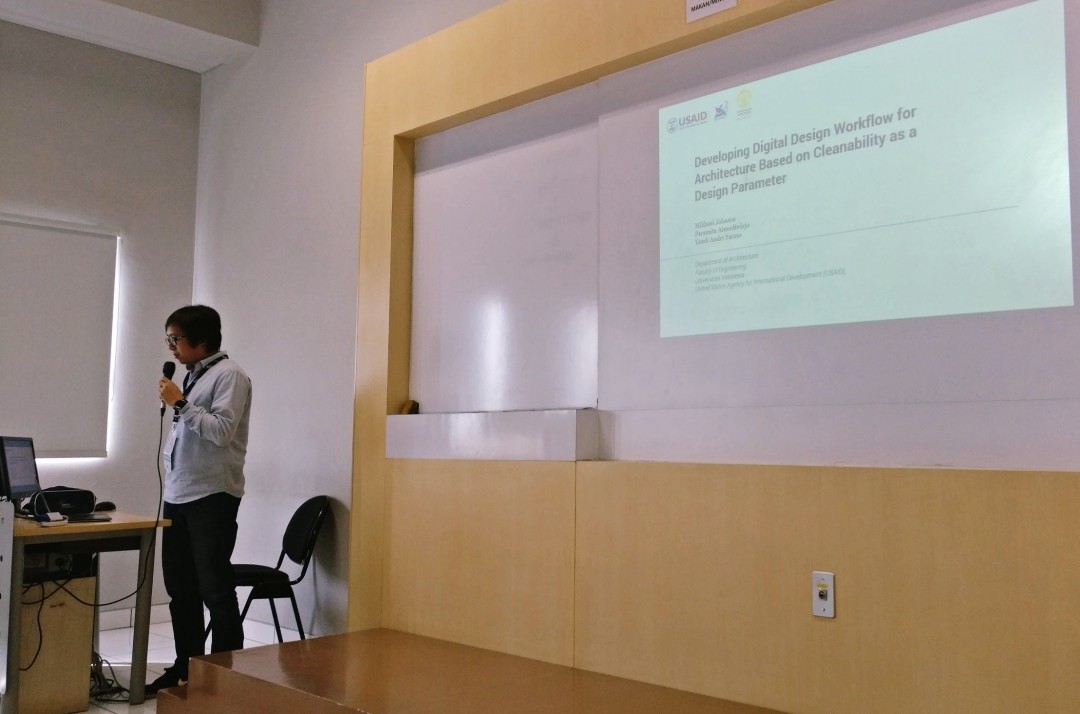
This paper proposes a design approach that addresses the surface cleanability as a critical aspect of the architectural context, especially concerning the maintenance of architecture for health and hygiene purposes. The surface cleanability could be achieved through the design of surfaces in the environment where hygiene is essential. Digital design technology could contribute to the modelling, simulation and fabrication process during the development of surface forms in architecture. The study developed a digital design workflow that incorporates skeletal implicit modelling techniques as an attempt to develop the forms of surfaces. It allows the generation of a smooth and seamless surface that allows the maintenance to ensure the cleanliness of the environment. The proposed workflow also allows the iterative process to be performed between the modelling and simulation analysis to enable the evaluation of the cleanability performance of the surface. The workflow could become the basis for the development of architectural forms that appropriately address the requirement of maintenance of architectural spaces.
